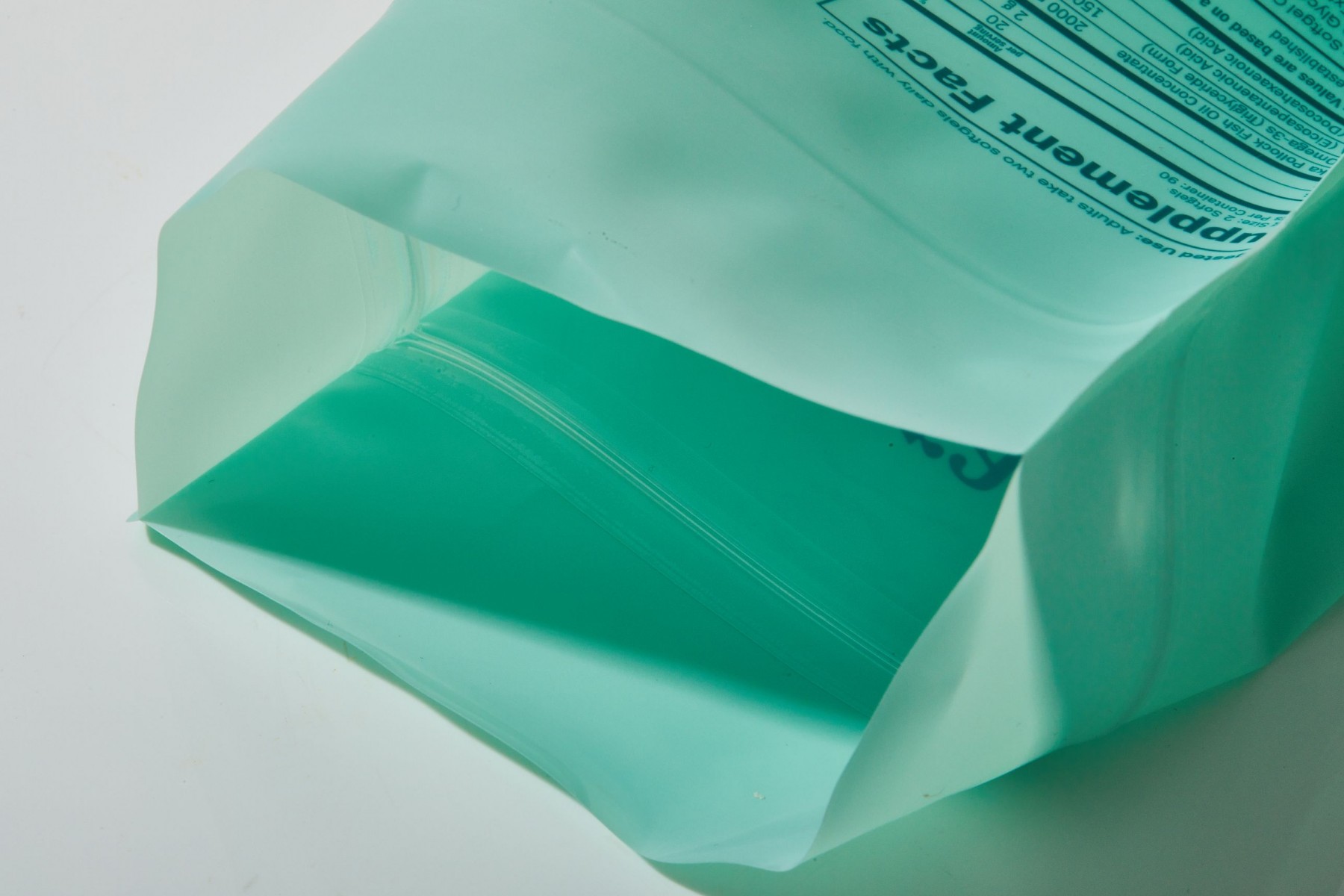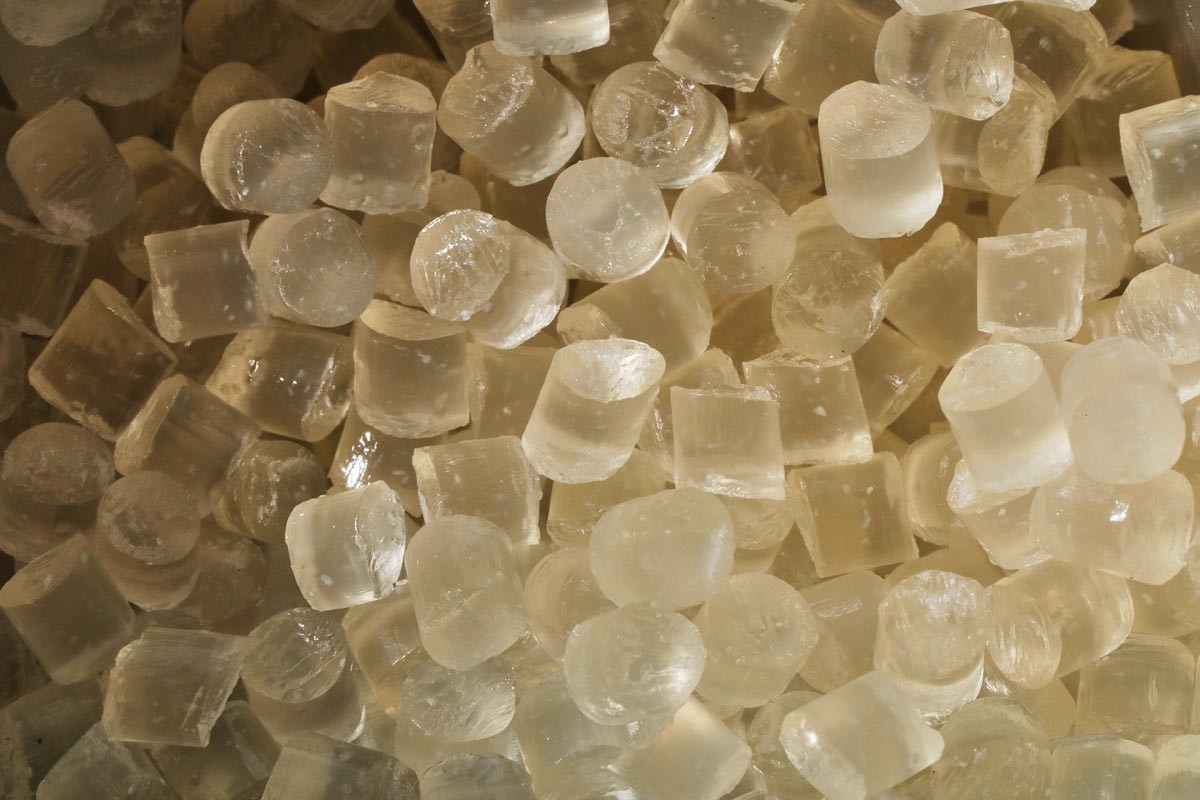
Bioplastics: what are they?
The European Bioplastics Association defines bioplastics as plastics that are either bio-based (i.e. with content that comes from a renewable source of plant or animal origin), or biodegradable, or both. The definition of “bioplastics” therefore covers a vast range of materials that are very different from each other in terms of composition, use and above all end-of-life.
Let’s see how to navigate among the main definitions.
Bio-based plastics
Bio-based is defined as a material that comes, in whole or in part (in which case we will speak of “partially bio-based” or “with bio-based content”) from “bio”, therefore living sources.
“Bio-based” is not to be confused with “biomaterial”, which concerns biocompatible materials (ie engineered to interact, actively or neutrally, with living organisms, and usually used in the medical field), and does not imply biodegradability. In fact, there are bio-based plastics that are not biodegradable and that behave exactly like their counterparts of fossil origin. The term “bio-based” therefore refers exclusively to the composition of the material and does not give indications with respect to use or end-of-life. Some bio-based plastics can be recycled, others can be composted; in the case of waste-to-energy (treatment to which most plastic materials are currently still directed), their CO2 emission is “neutral”, since the carbon they contain ultimately comes from the photosynthesis of the plants from which they come.
 Granule with bio-based content, biodegradable, durable, with good optical clarity, for rigid applications and disposable items. From the Material ConneXion database.
Granule with bio-based content, biodegradable, durable, with good optical clarity, for rigid applications and disposable items. From the Material ConneXion database.
Biodegradable
The term “biodegradable” indicates a material or product capable of biodegrading due to the action of natural microorganisms, in an aerobic or anaerobic environment, producing only carbon dioxide, methane, water, inorganic compounds or biomass.
Biodegradability is an intrinsic characteristic of the material and does not concern its composition: even if most biodegradable plastic materials are also bio-based, there are also some of petrochemical derivation.
Furthermore, biodegradability does not guarantee the effective biodegradation of a material in all possible environments in a reasonable time (think for example of a log of wood, a biodegradable material par excellence, which, if immersed in water, can last hundreds of years). For this reason, the European Bioplastics Association is the first to recommend that under no circumstances should the biodegradability of a plastic material be considered as a solution to the problems of waste disposal and abandonment: even bioplastics must be managed within special collection and treatment procedures, like all other materials.
 Filaments for marine compostable and biodegradable fishing nets, composed of 100% PBS of petrochemical derivation. From the Material ConneXion database.
Filaments for marine compostable and biodegradable fishing nets, composed of 100% PBS of petrochemical derivation. From the Material ConneXion database.
Compostable
The term “compostable” instead indicates a material / product capable of completely biodegrading by biological processes during composting, domestic or industrial, resulting in carbon dioxide, water, inorganic compounds, under certain conditions defined by the regulations. To be defined as compostable, plastics must meet a specific standard and usually bear the certification logo of the institution that certified them as compostable.
If you are interested in learning more about these and other topics related to bioplastics, SUP (single-use plastics) or other low-impact solutions, stay updated on the next editions of our courses, on face-to-face events, or subscribe to our newsletter.
On the cover: Line of straws and cutlery biodegradable in landfills derived from agave. From the Material ConneXion database.


